REVISION NOTES
IGCSE Edexcel Biology
5.1 Food Production
Crop plants
5.1.1 Describe how glasshouses and polythene tunnels can be used to increase the yield of certain crops
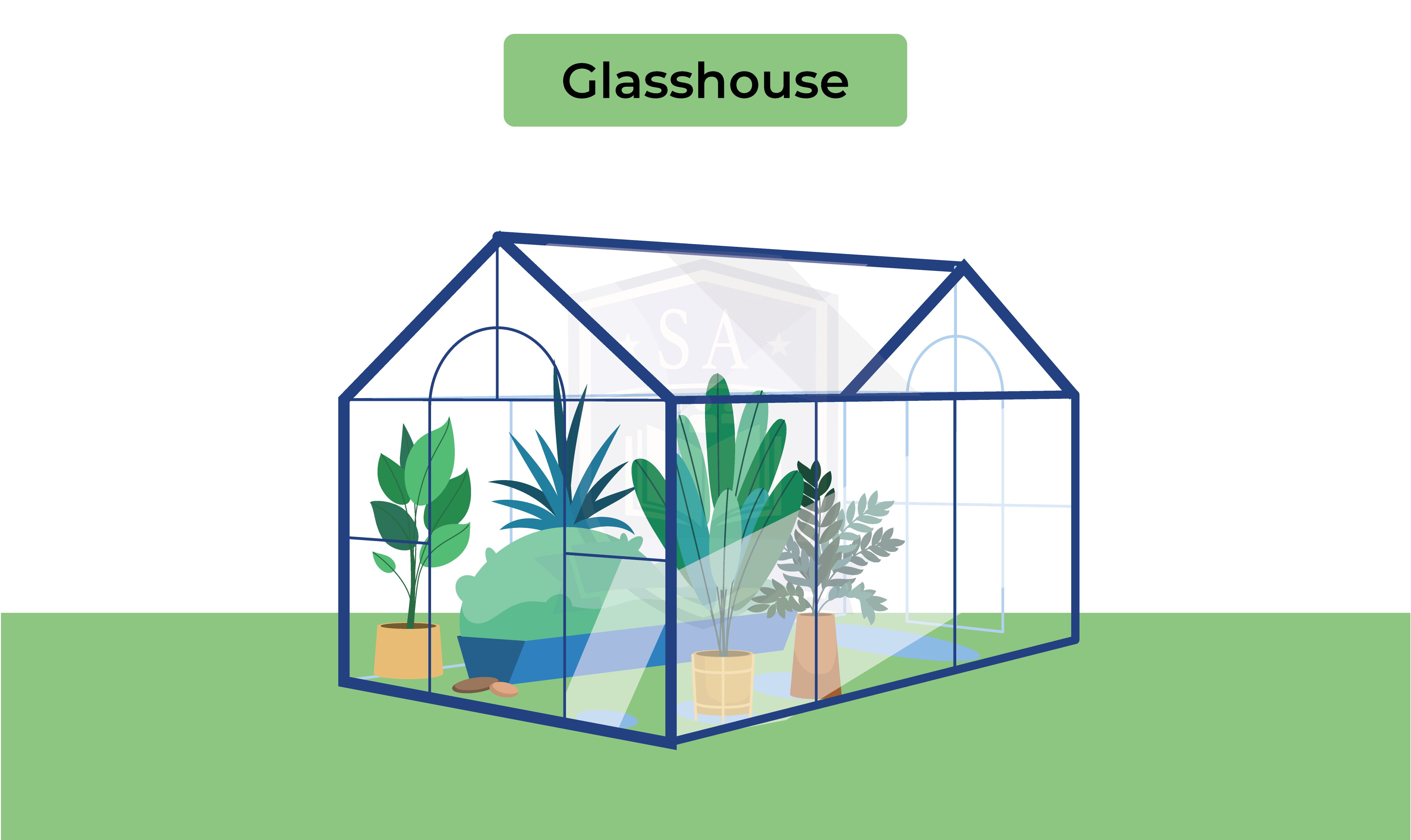
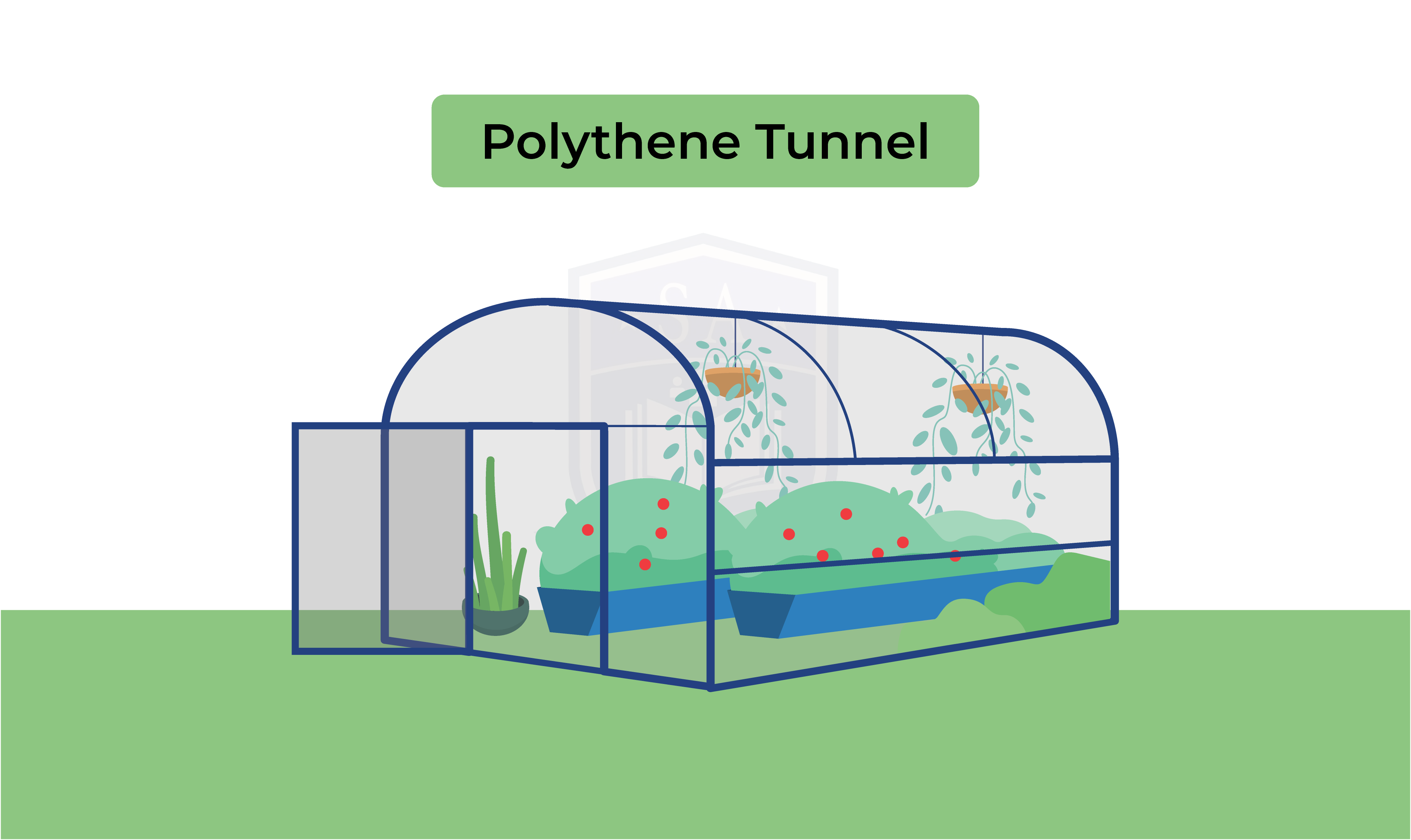
Crops:
- The environment of crops grown outside cannot be controlled
- Environment inside glasshouses and polythene tunnels can be controlled to increase crop yield
Glasshouse:
- Temperature is controlled:
- Enzymes controlling photosynthesis are in their optimum range
- Light supply is controlled:
- Provide plants with constant supply of light for photosynthesis
- CO2 levels is controlled:
- Increases the rate of photosynthesis
- Plants watered at regular intervals
- Increases rate of photosynthesis
- Increased rate of photosynthesis leads to:
- Increased growth
- Higher crop yield
Polythene tunnel:
- Protects crops from environmental conditions such as:
- Wind
- Rain
- Snow
- Increases the temperature inside the tunnel
- Can increase or decrease rate of photosynthesis depending on the climate
Prevent pests from entering and damaging the crops
5.1.2 Understand the effects on crop yield of increased carbon dioxide and increased temperature in glasshouses
Factors affecting crop yield:
- Plants require the following for photosynthesis:
- CO2
- H2O
- Light
- Suitable temperature
- The supply of these factors limit the rate of photosynthesis
- Increasing the limiting factors increases plant growth rate
- Increased plant growth rate increases yield
Effect of CO2 on yield:
- Increased carbon dioxide concentration eliminates it from being the limiting factor
- Provides an unlimited supply of CO2 for plants to absorb
- CO2 can be absorbed more readily and at a faster rate
- Rate of photosynthesis increases
Effect of temperature on yield:
- The kinetic energy of enzymes involved in photosynthesis increases with temperature
- Increased rate of reaction as enzymes and substrates are more likely to collide
- Enzymes can work at their optimum temperature to increase rate of photosynthesis
5.1.3 Understand how the use of fertiliser can increase crop yield
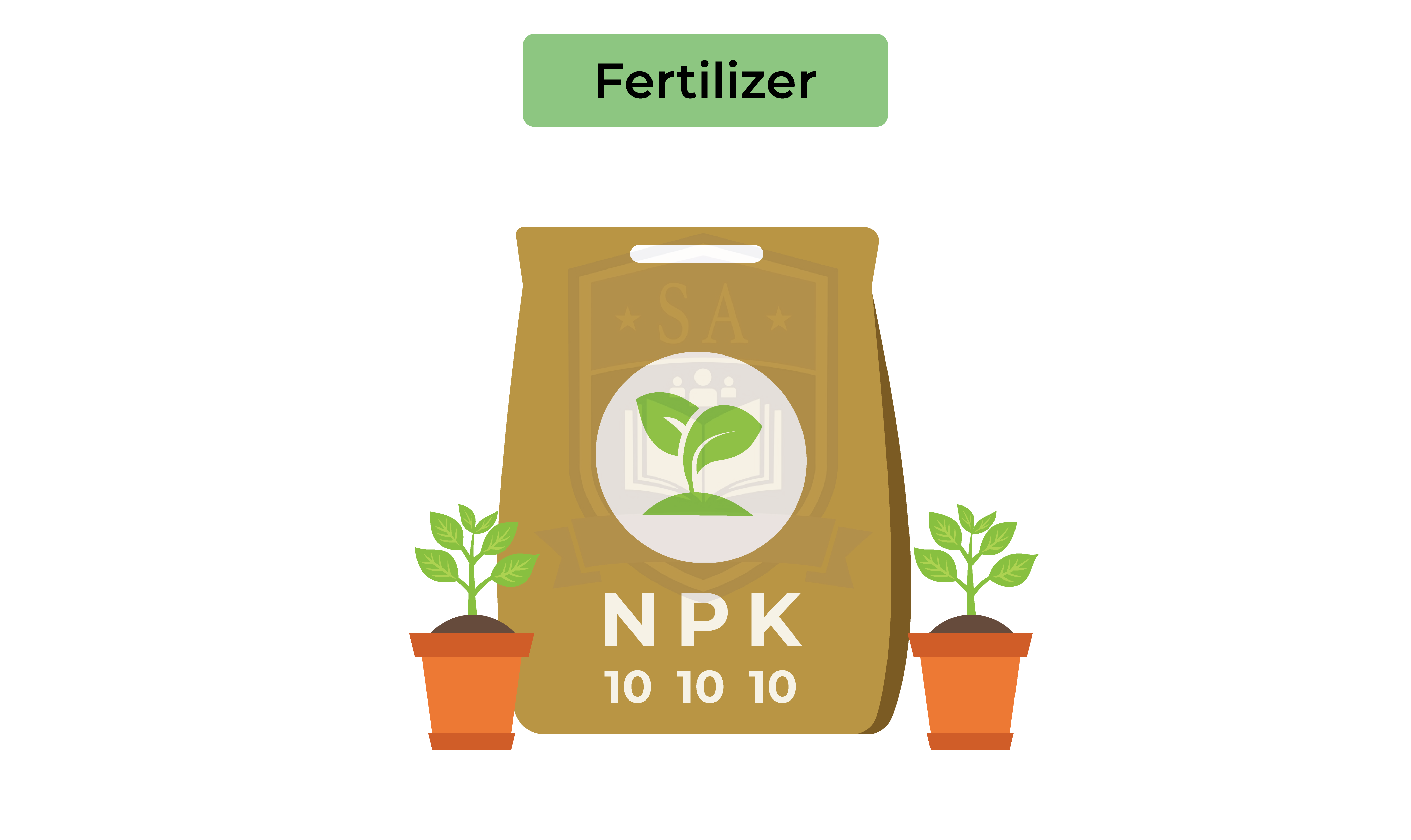
Effect of fertilisers on crop yield:
- Minerals absorbed from the soil need to be replaced for monoculture crop growth
- Fertiliser contain key nutrients for plant growth:
- Nitrogen
- Phosphorus
- Potassium
- Nitrogen:
- Absorbed in the form of nitrates
- Required for amino acid production
- Lack of nitrogen reduces growth
- Phosphorus:
- Absorbed as phosphates
- Required for the production of DNA and cell membranes
- Lack of phosphorus leads to poor root formation
- Potassium:
- Absorbed as many different compounds
- Assists in ATP production
- Required for enzymes used in photosynthesis
- Lack of potassium leads to reduced growth of flower and fruits
5.1.4 Understand the reasons for pest control and the advantages and disadvantages of using pesticides and biological control with crop plants
Pest control:
- Pests are organisms that:
- Damage crops (insects)
- Compete with them (weeds)
- Infect crops with diseases (fungi)
- Controlled by:
- Chemical control such as pesticides
- Biological control such as introduction of a new species
Micro-organisms
5.1.5 Understand the role of yeast in the production of food including bread
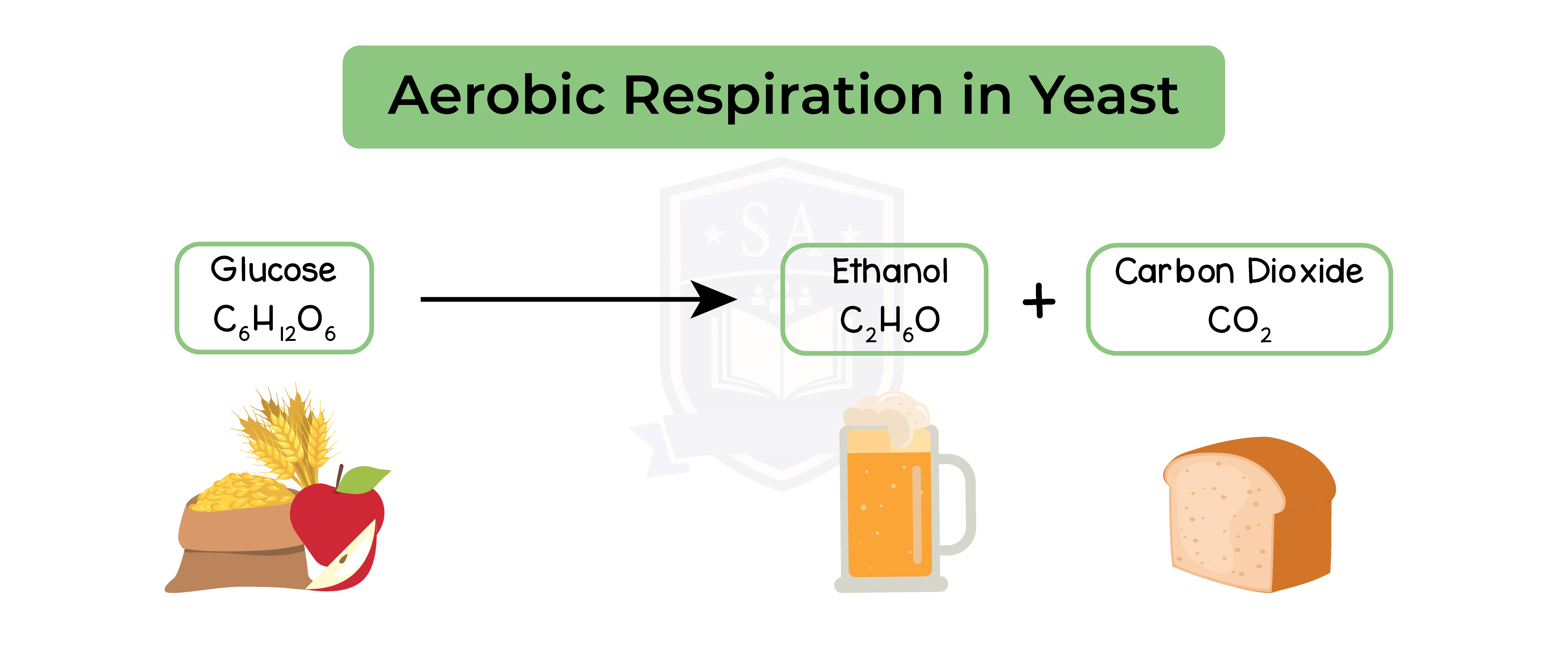
Yeast in bread:
- Yeast produce ethanol and CO2 during anaerobic respiration
- In an abundance of sugar, yeast respires anaerobically
- Regardless of presence of oxygen
- For the production of bread:
- Enzymes from the yeast break down starch in the flour
- Sugar released is used for anaerobic respiration
- CO2 is produced and trapped in air pockets within the dough
- Dough rises
- Yeast is killed during the baking process
5.1.6 Practical: investigate the role of anaerobic respiration by yeast in different conditions
- Mix 1 teaspoon of sugar with 1 teaspoon of yeast and 4cm3 of water to a test tube
- Add a layer of oil on top of the solution to cut off oxygen supply
- Using a capillary tube, connect the test tube to another tube containing limewater
- At room temperature, count the number of bubbles produced in the lime water in a minute
- Rate of CO2 production can be used as a measure of rate of anaerobic respiration
- Repeat this experiment at 15OC, 20OC , 35OC and 40OC
Results:
- Compare the rate of anaerobic respiration at different temperatures
- Deduce the optimum temperature for anaerobic respiration in yeast
- At 35OC, the most bubbles would be seen as the enzymes
- Yeast would be closer to their optimum temperature
- As the enzymes get closer to their optimum temperature, their activity increases
- Respiration would take place at a faster rate
- At 40OC, temperature is beyond optimum
- The rate of anaerobic respiration will decrease
- Enzymes involved would start to denature
5.1.7 Understand the role of bacteria (Lactobacillus) in the production of yoghurt
Bacteria in yoghurt:
- Yoghurt production relies on a specific bacteria: Lactobacillus
- Lactobacillus breaks down lactose present in milk into lactic acid
- Lactic acid decreases the pH of the milk
- Proteins in the milk denatures
- Milk curdles
- Forms yoghurt
Method:
- All equipment is sterilised to kill any bacteria
- Milk is then pasteurised at 80oC to kill of any bacteria in it
- Milk is then cooled down to 37oC so that lactobacillus can be added
- The milk – bacteria mixture is incubated for 12 hours to allow lactobacillus to digest the milk proteins and ferment the lactose in the milk
- Lactobacillus converts the lactose into lactic acid
- Makes the milk acidic and thickens it to form yoghurt
- Lower pH also prevents growth of other harmful bacteria
- Yoghurt is then cooled to 4oC to stop the reaction
5.1.8 Understand the use of an industrial fermenter and explain the need to provide suitable conditions in the fermenter, including aseptic precautions, nutrients, optimum temperature and pH, oxygenation and agitation, for the growth of micro- organisms
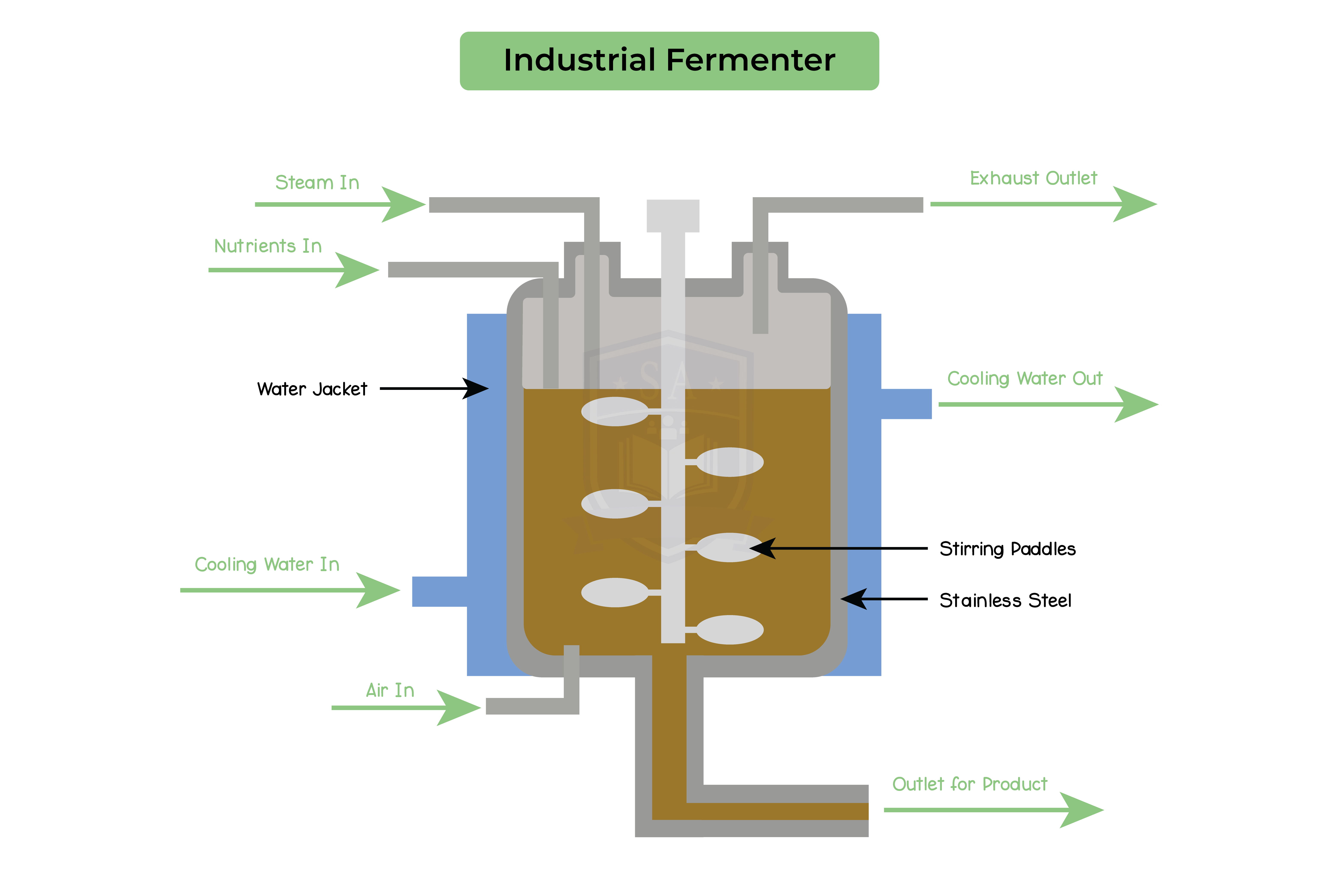
- Used to grow large cultures of bacteria or fungi for:
- Food production (beer and yoghurt)
- Scientific purposes (GM bacteria or antibiotics production)
- Conditions of the culture can be easily controlled
- Microorganisms can be produced in large quantities
Micro-organisms
5.1.9B Understand the methods used to farm large numbers of fish to provide a source of protein, including maintaining water quality, controlling intraspecific and interspecific predation, controlling disease, removing waste products, controlling the quality and frequency of feeding, and selective breeding
- Large populations of fish are kept in fresh or seawater enclosures to control their environments for high yield

